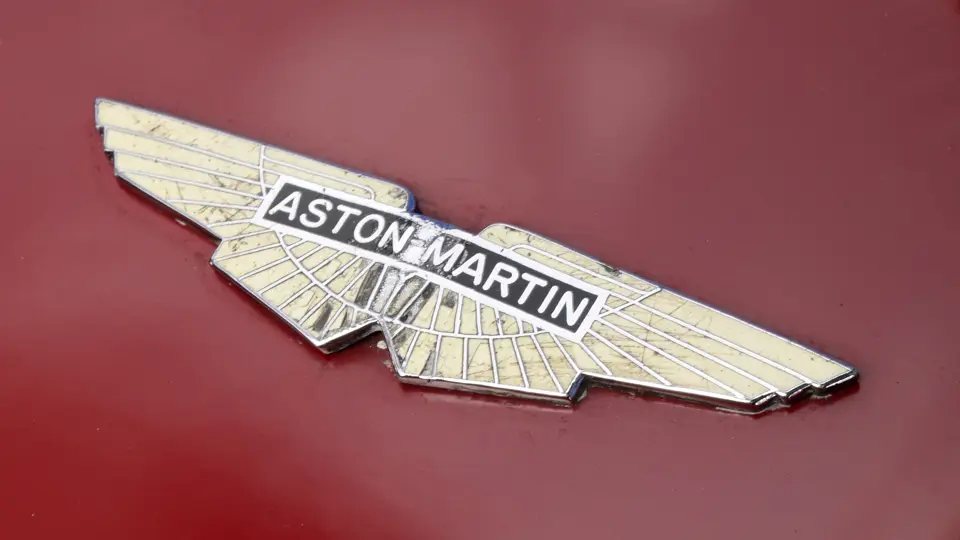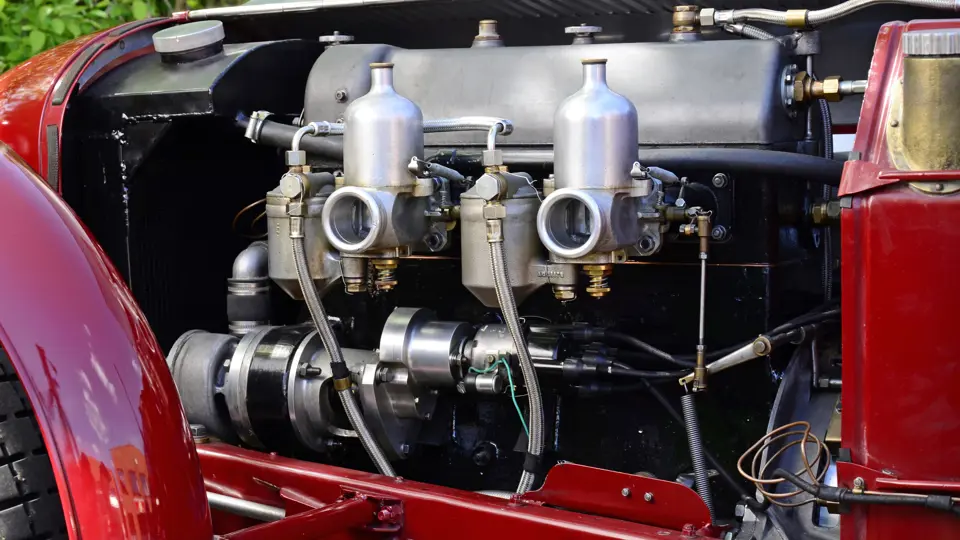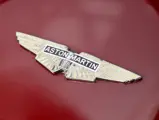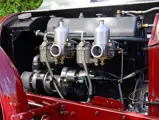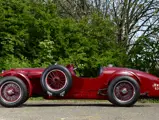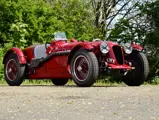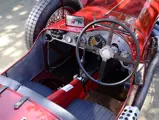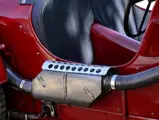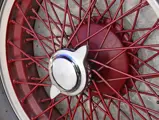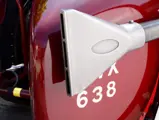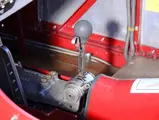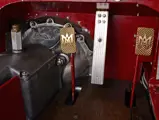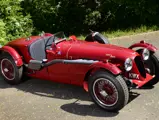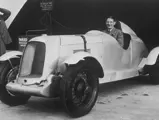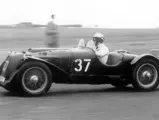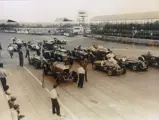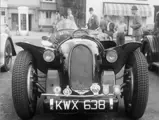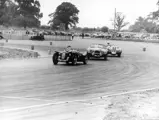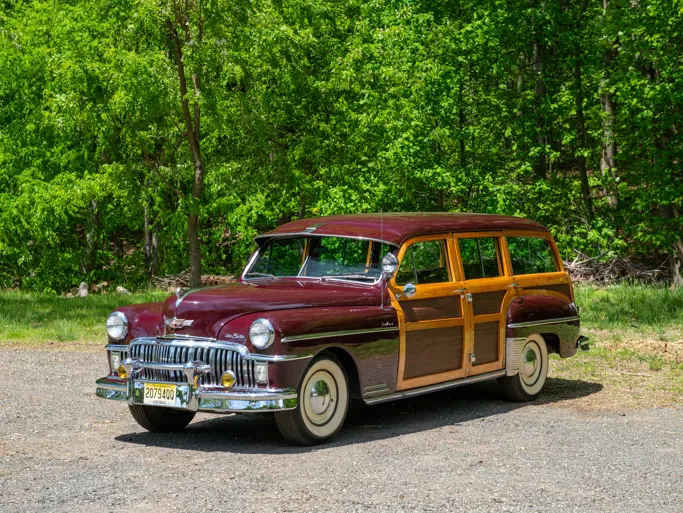140 bhp, 1,949 cc inline four-cylinder Speed-Model engine, twin SU carburettors, close-ratio Electron four-speed manual competition gearbox, live front and rear axles, suspension, and four-wheel hydraulic drum brakes. Wheelbase: 102"
- One of only 23 original high-specification 2-Litre Speed Models built
- One-off, pre-war test-bed and racing car with fascinating history
- Restored by pre-war Aston Martin expert Andy Bell; 2nd OA 2006 Goodwood Revival
- Eligible for such events as Le Mans Classic and Mille Miglia Storica
Aston Martin, long known for building prestigious and highly desirable English grand touring cars, actually experienced rather challenging beginnings. The founding partnership eventually collapsed before the marque was revived in 1926 when Lord Charnwood joined forces with A.C. Bertelli and William Renwick, who were already producing a 1.5-litre engine. Bertelli served as Technical Director between 1926 and 1935, and he was responsible for such models as the 1.5-litre T-Type, the International, the Le Mans and the MK II, which begat the famed short-wheelbase ‘Ulster.’ Bertelli was also a skilled driver who clearly believed that racing improved the breed.
The company was again rescued and refinanced in 1932, this time by Sir Lancelot Prideaux Brune, who transferred ownership by the end of that year to Sir Arthur Sutherland, whose son, R. Gordon Sutherland, assumed the role of joint managing director with Bertelli. During this era, the company’s fortunes were quite good, and it chalked up a sterling competition record at Brooklands, Le Mans, Spa and the Mille Miglia. Racing success and a well-deserved reputation for high quality and excellent handling drew a small but loyal client base. The lessons gained from racing and Sutherland’s astute recognition of the commercial potential of a sporting saloon to expand the product range gave rise to the 2-Litre Saloon, Touring and the high-performance Speed Model.
2-Litre Speed
The 2-Litre Speed Model was, in its essence, a very high-specification sports car and no less than a proper racing car in disguise. With its race-proven chassis, powerful hydraulic brakes, close-ratio, straight-cut gearbox and special rear axle, it is without a doubt one of the finest English sports cars of the pre-war period. Only 23 Speed Models were produced by the factory to homologate them for entry into the 1936 24 Hours of Le Mans, which was in fact cancelled due to widespread strikes in France at the time. They are therefore even rarer than the legendary 1½-litre Ulster.
A one-off racing model
During this fertile period, this fascinating one-off was created and based upon a narrowed 2-Litre Speed Model. The only single-seat racing car built by Aston Martin prior to the outbreak of World War II, its true raison d’être has been the subject of much discussion over the following decades. According to a letter dated 1993 and written by Gordon Sutherland himself, as referenced in the June 2005 Vintage Racecar article “Artful Aston” by Ed McDonough, the car was originally intended as a test-bed for the Cross rotary valvetrain and not for an attempt at the Brooklands lap record.
However, it was tested extensively at Brooklands and driven on public roads by Gordon Sutherland and Aston “works” driver Charles Brackenbury. As a development car, the chassis was still without an identity number and was then fitted with a streamlined monoposto body and left unpainted when tested at Brooklands. Tests revealed that the rotary-valve arrangement failed to provide significant power gains, and Aston Martin reverted to tried-and-true overhead-cam engines. Further development of the monoposto and its anticipated racing entries were halted by the outbreak of war in September 1939.
After the war, it was sold to Sir David Brown as part of the assets of Aston Martin in 1947, passing through a Huddersfield garage to coachbuilder Gordon Garside, who owned and raced the car as a two-seater sports car for a number of years. Races entered included the first few St. John Horsfall race meetings. The car then disappeared for 20 years prior to being rebuilt in the 1970s in two-seat form with DB1 two-litre power.
It was used occasionally for local car shows until Andy Bell obtained it and reunited it with a correct Speed-Model engine producing 140 bhp during a five-year rebuild. The car continues to retain its original chassis, now with the identity 727U, and running gear including the original high-specification hydraulic brakes, close-ratio Electron racing gearbox and Speed-Model rear axle, while the body was converted to ‘Brooklands' style two-seat coachwork.
Andy Bell has raced this unique ex-works Aston Martin very successfully at such high-profile events as the Goodwood Revival Meeting, where it finished second overall in 2006, and at the Monterey Historic Races at Laguna Seca. It also appeared at the prestigious Pebble Beach Concours d’Elegance. It was returned to as-new condition and, prior to restoration, had been driven perhaps less than 20,000 miles in total. A proven race winner, it is likely also the world’s fastest normally aspirated pre-war Aston Martin.
Eligible for such desirable events as the Mille Miglia Storica and Le Mans Classic, this important Aston Martin is in race- or rally-ready condition with a recent engine overhaul and a chassis service. In addition, it is complete with an extensive historical file including period photos, programmes from major races entered since 1950, letters from Gordon Sutherland explaining how and why the car was originally built and one of the original 2-Litre engine blocks from the Dick Seaman Tourist Trophy car. An application has also been made for FIVA papers.
This car is a very important piece of Aston Martin marque history and the only purpose-built racing car produced by the works before the war. Beautiful and purposeful at the same time, this car’s entry and competitiveness in the world’s great driving events is virtually assured.


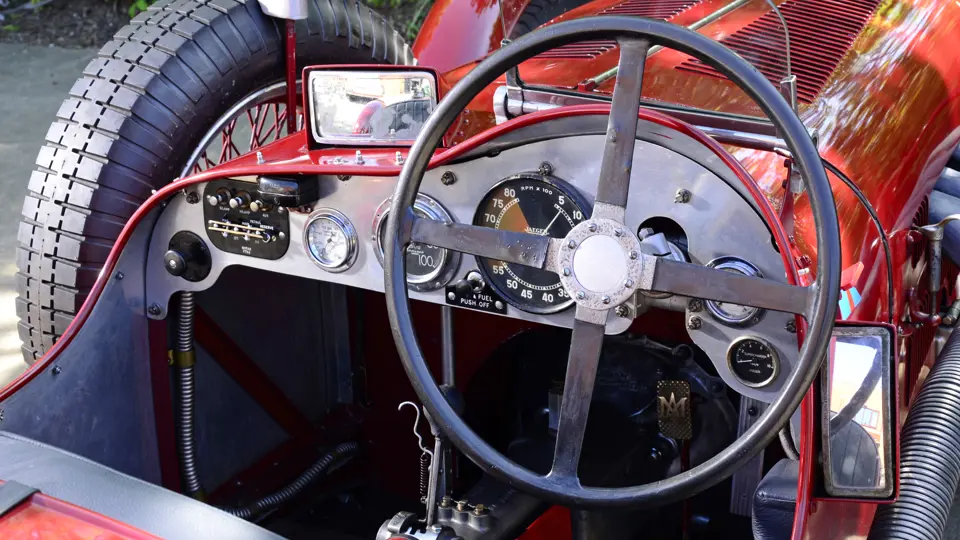

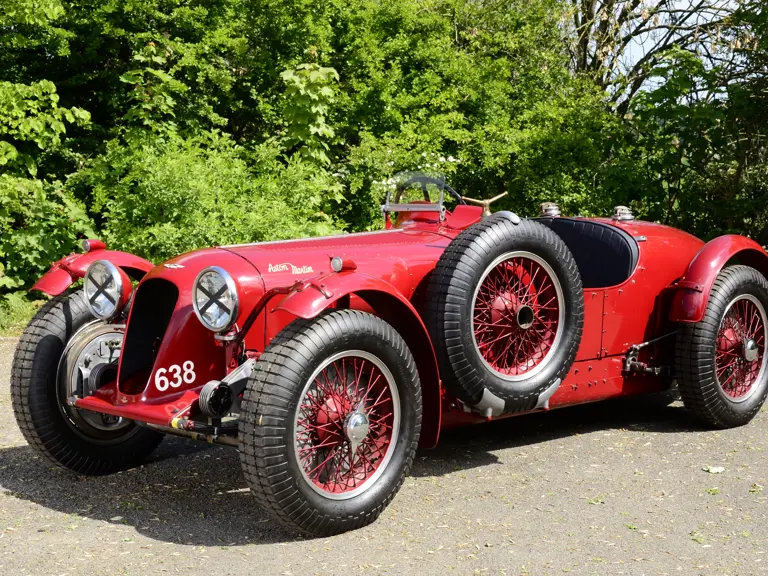
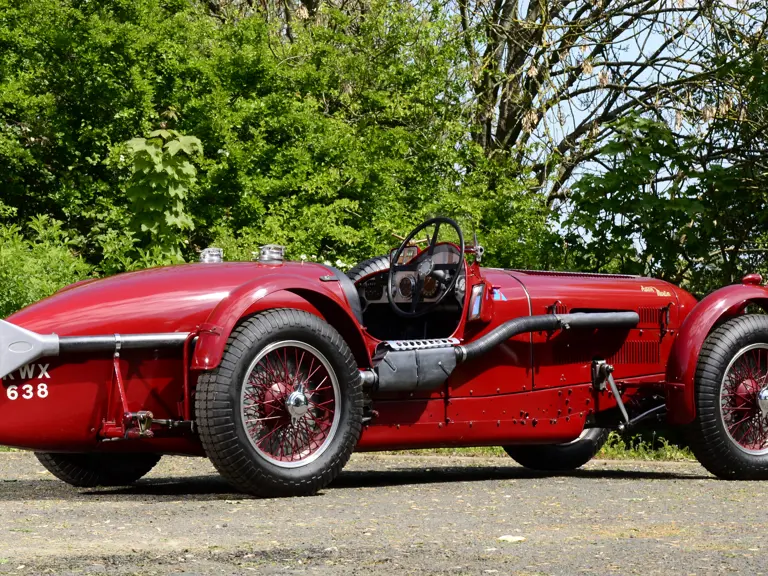

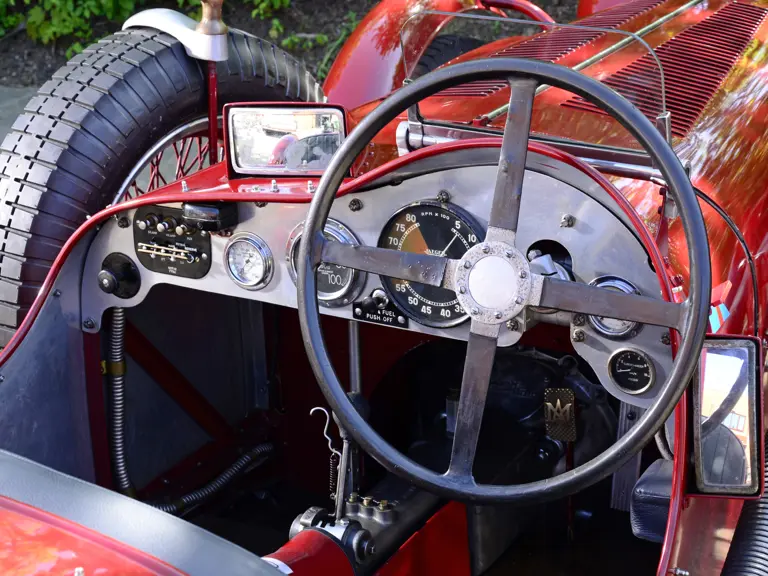
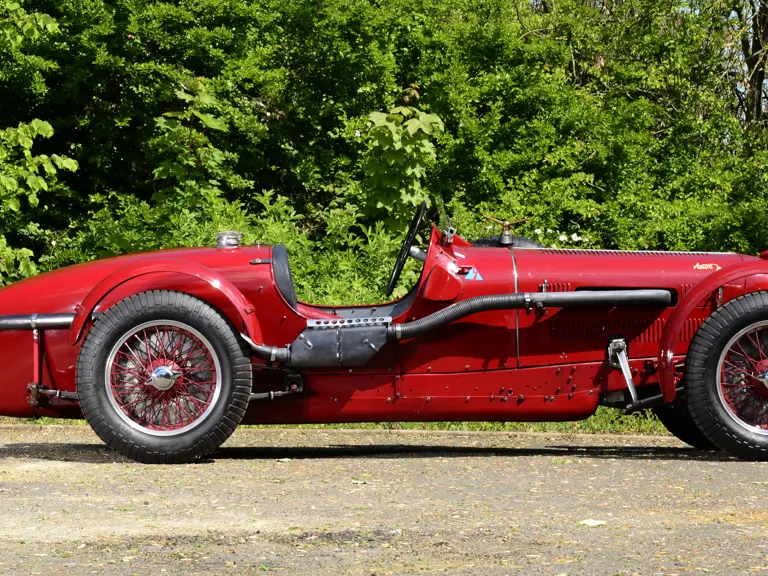
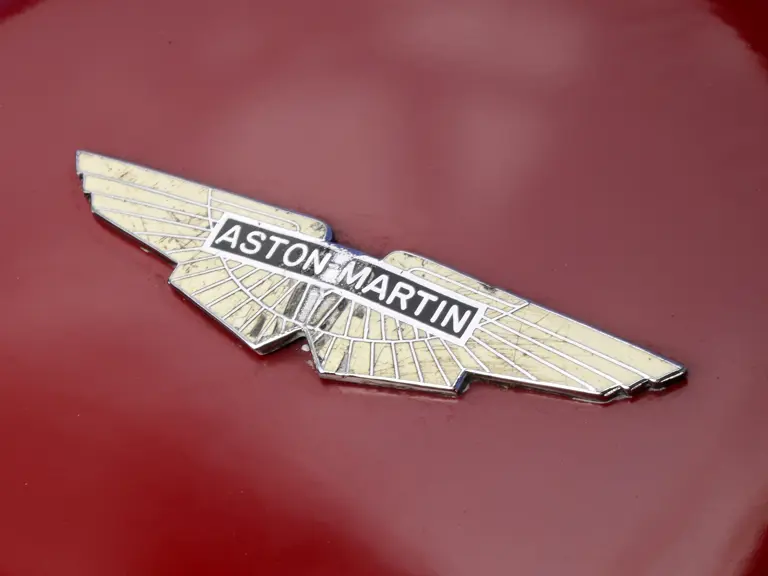
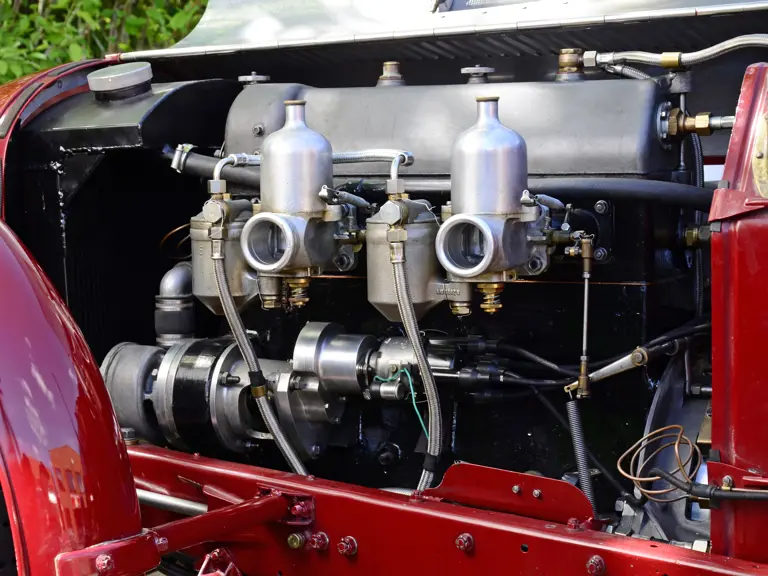
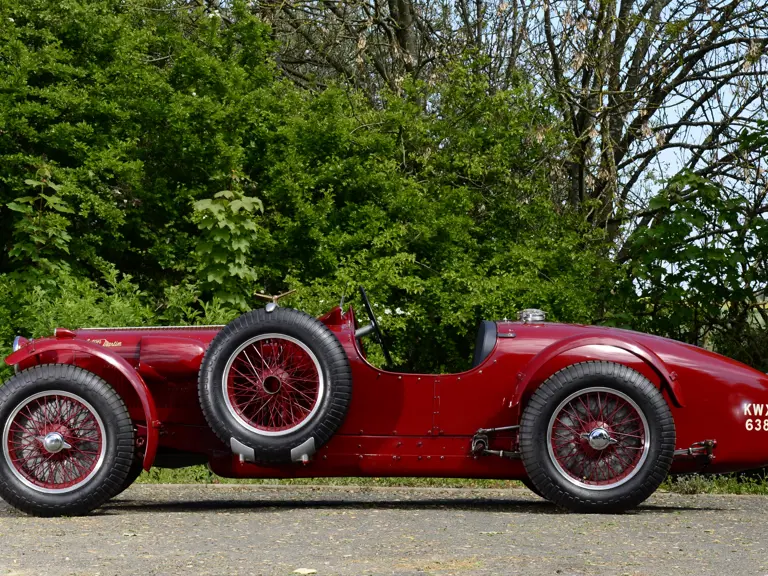
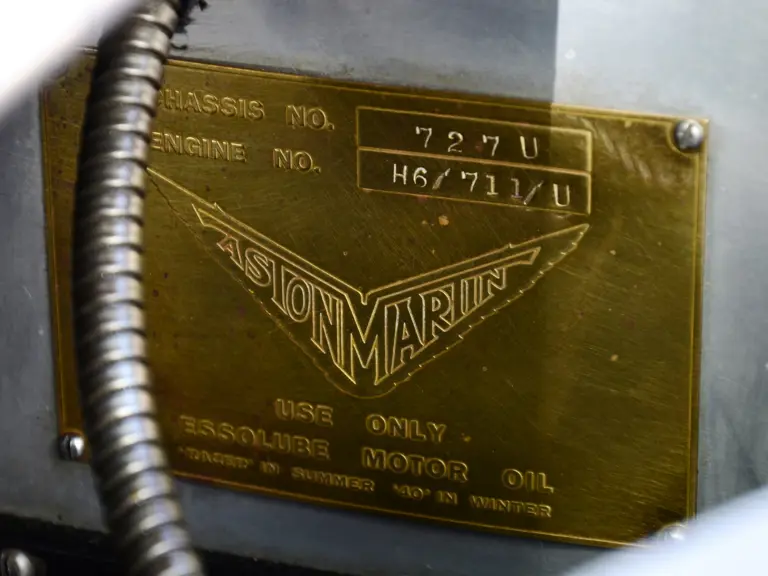


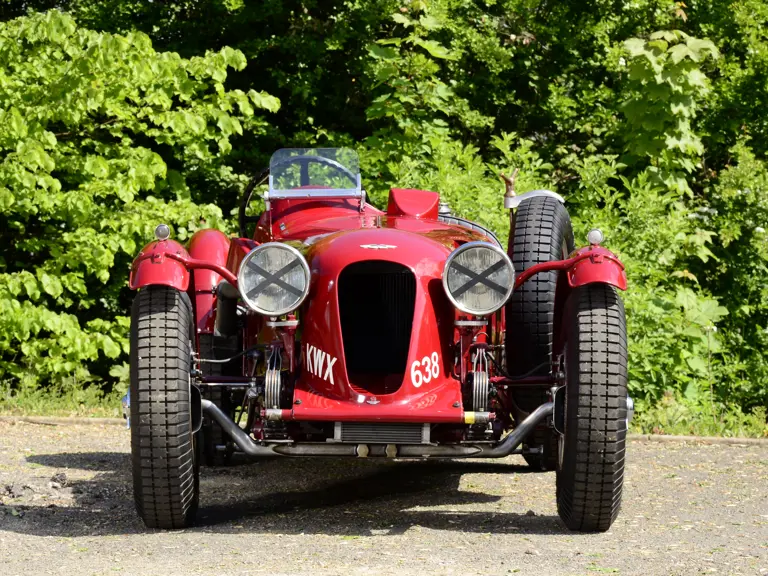
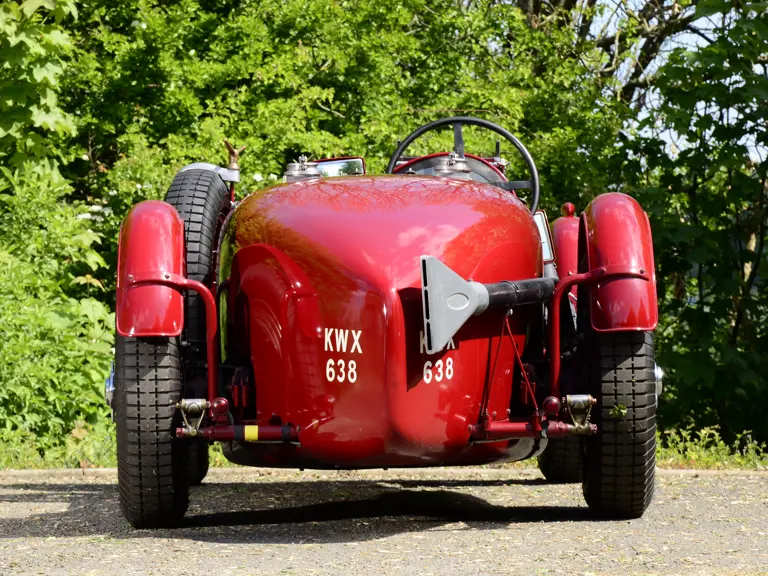
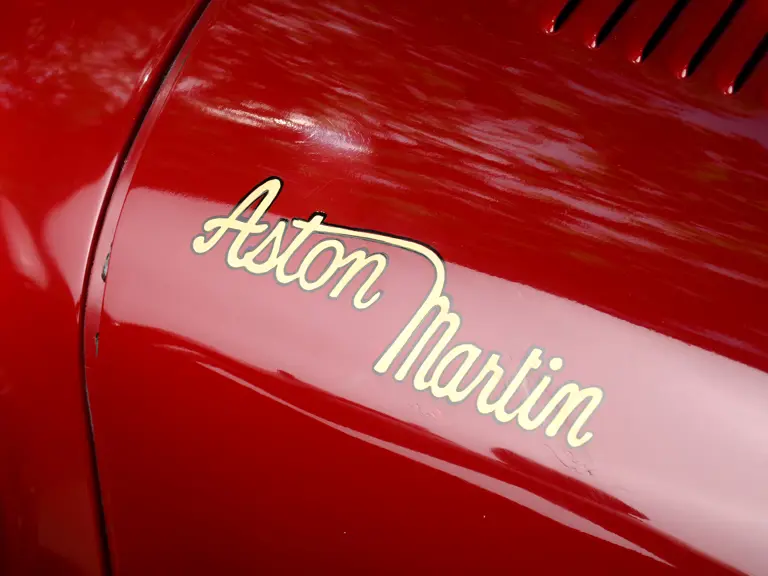
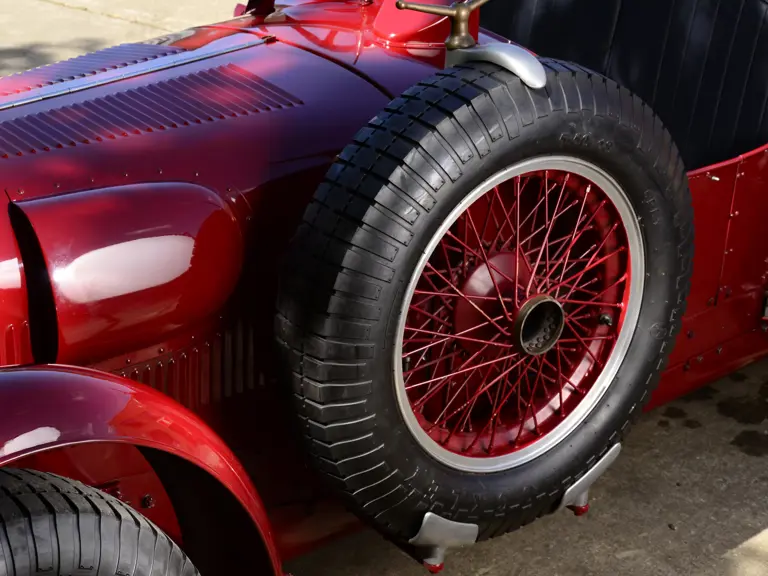
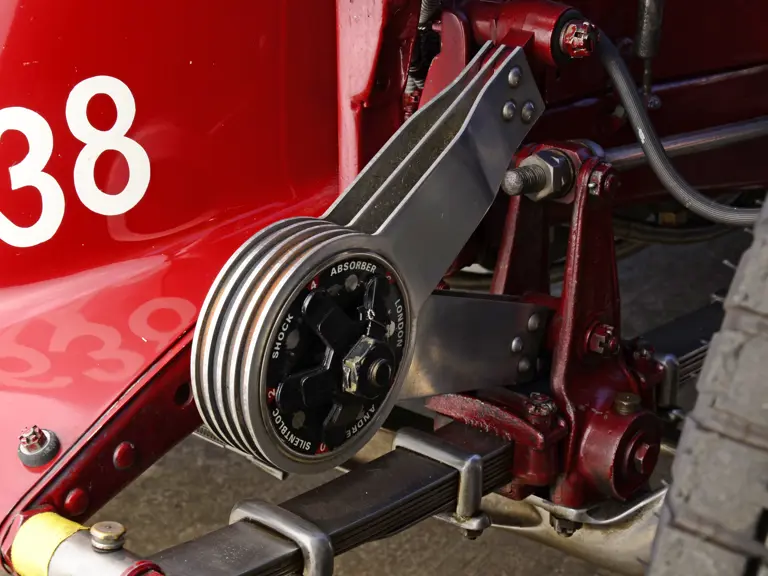


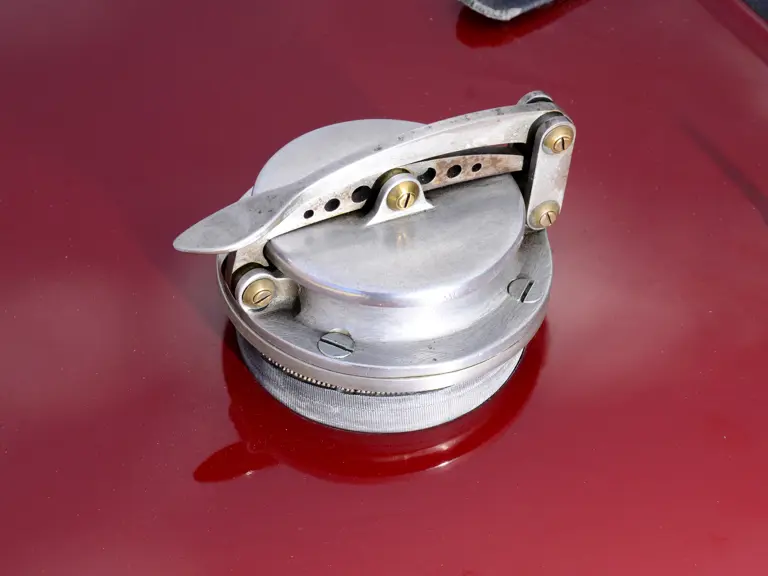
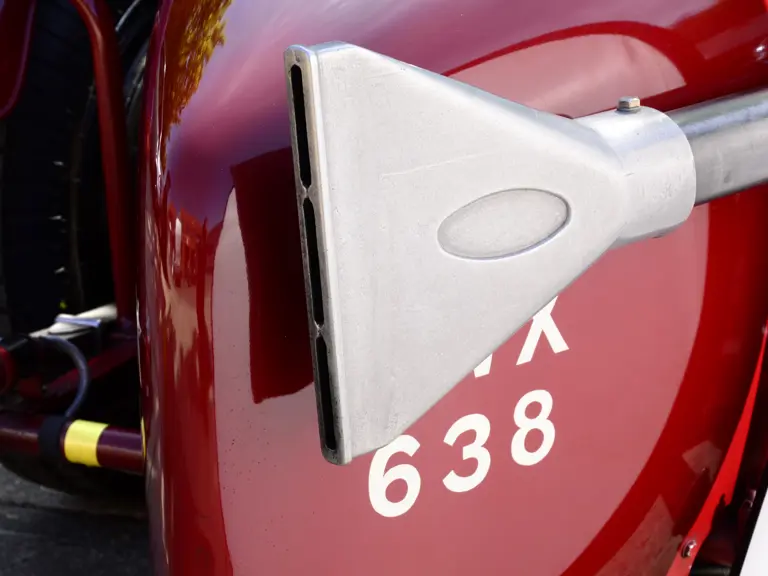

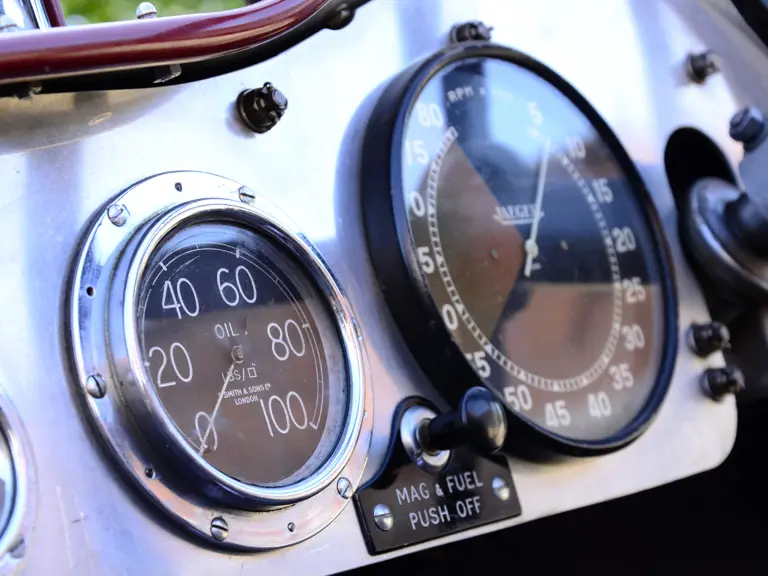
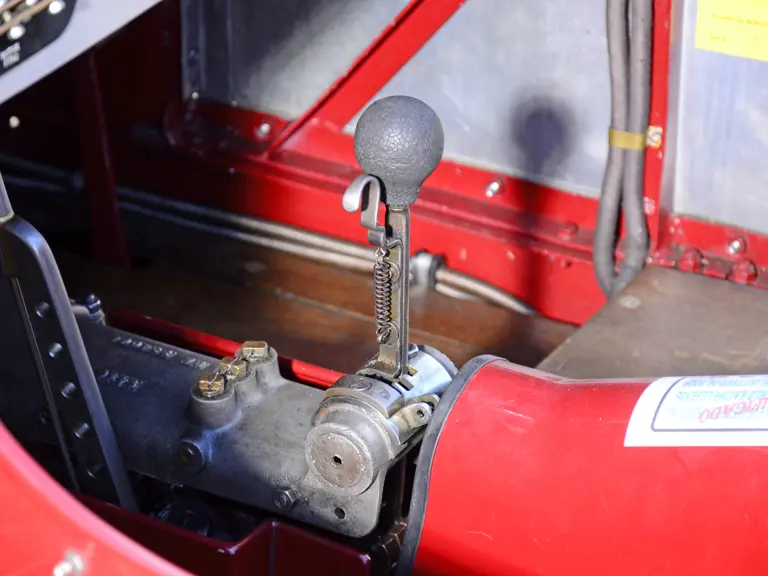


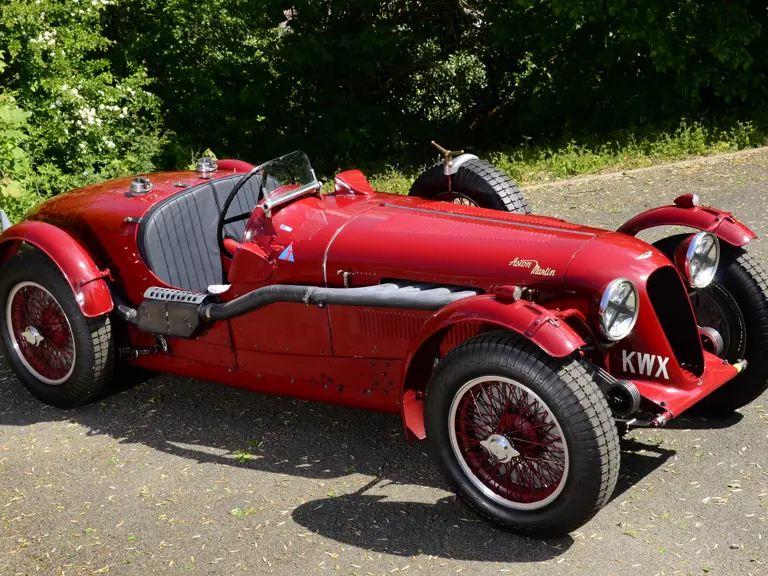
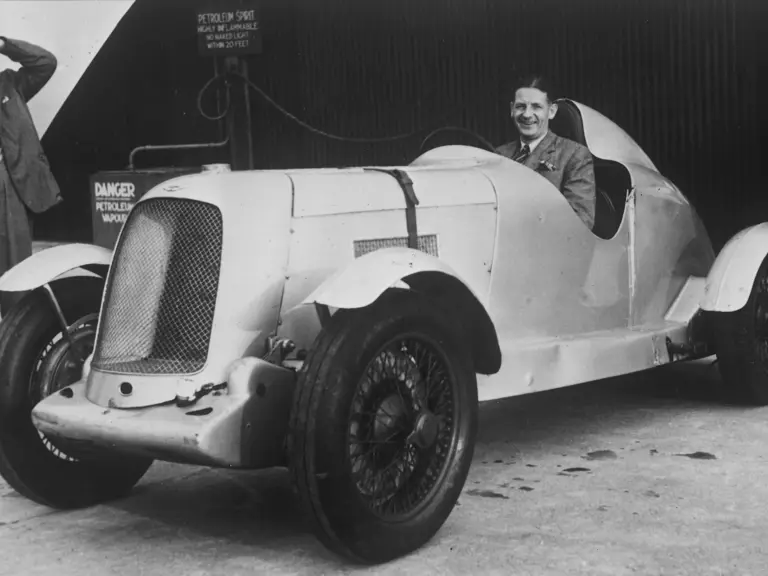
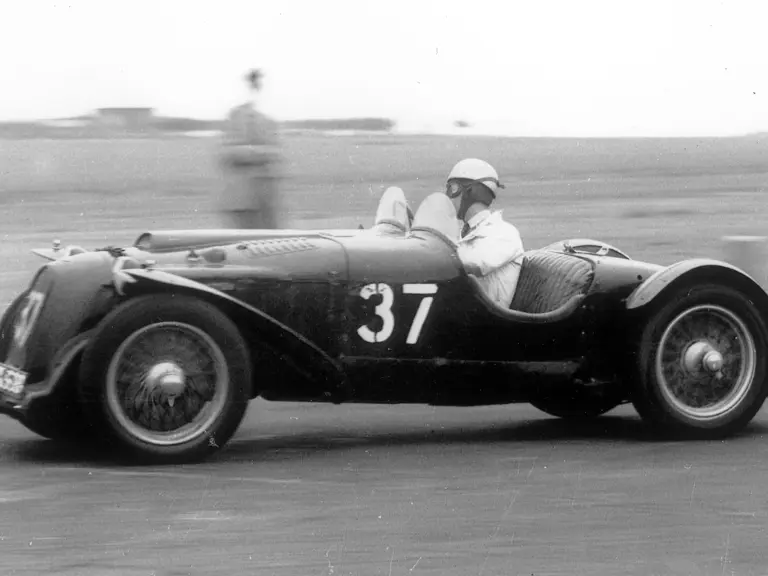


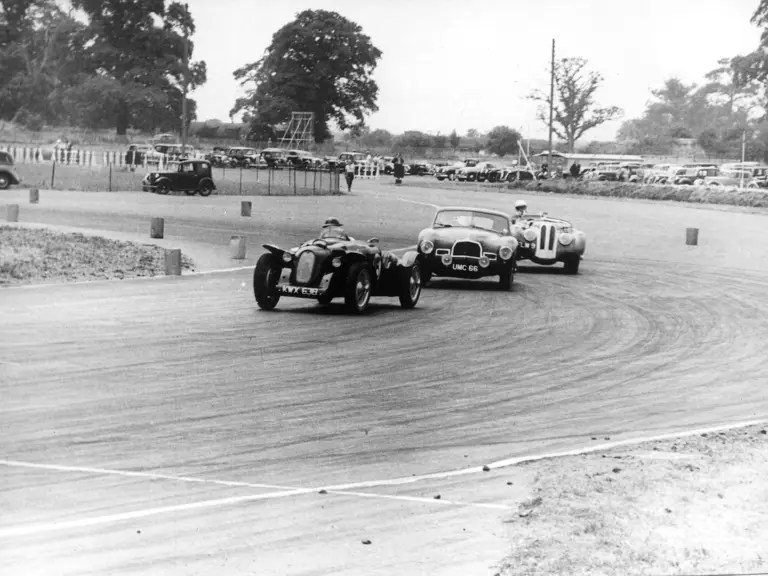

 | United Kingdom
| United Kingdom

